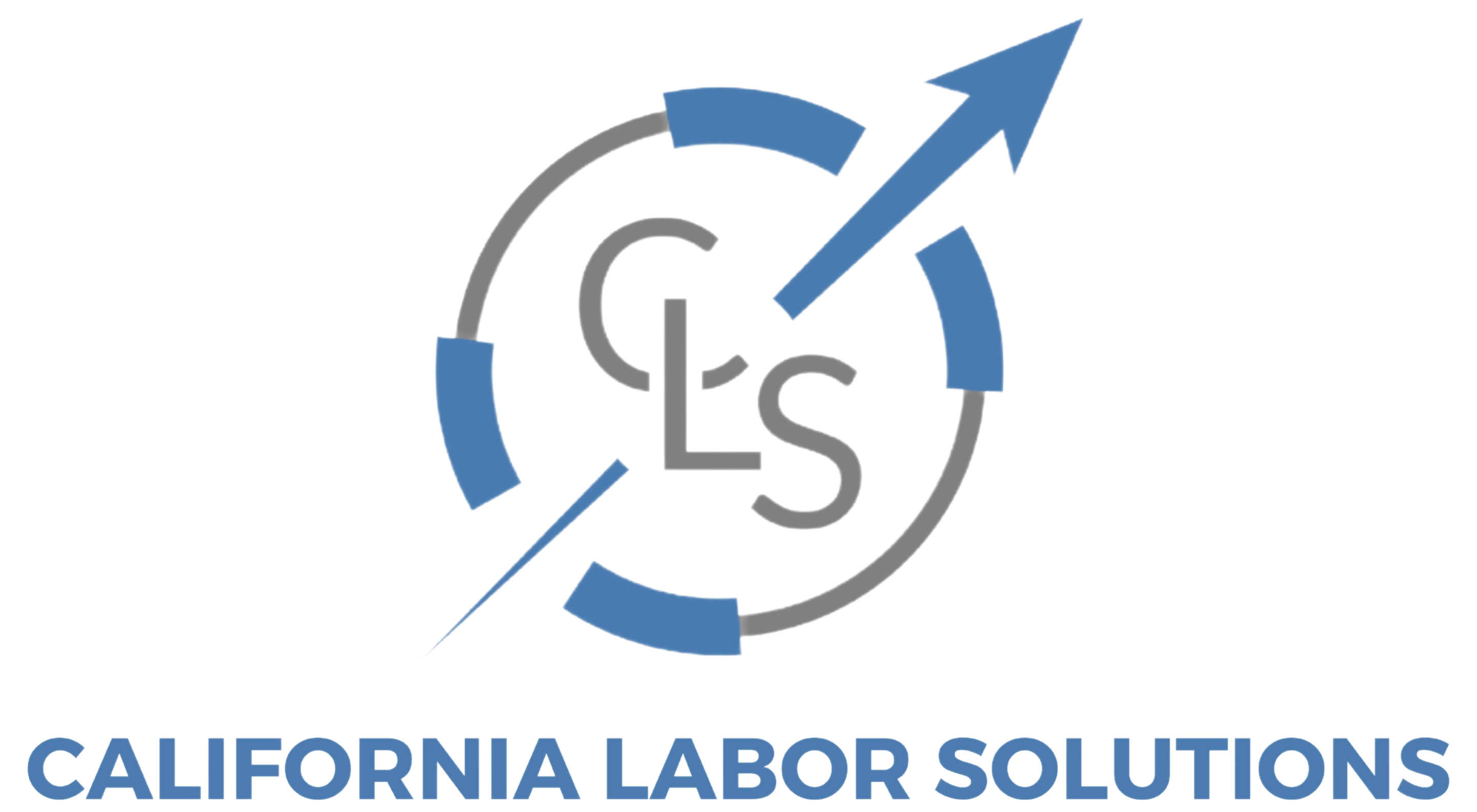Harassment Investigation Procedures: A Step-by-Step Guide for Employers
Handling workplace harassment complaints properly is essential for maintaining a professional work environment and ensuring compliance with employment laws. Harassment investigation procedures provide a structured approach to addressing allegations fairly, preventing legal liability, and fostering trust among employees. Without a clear process, businesses risk lawsuits, reputational damage, and increased employee turnover.
Employers must follow well-defined harassment investigation procedures to meet California labor laws and federal anti-discrimination regulations. This article outlines the key steps to conducting a thorough and impartial workplace harassment investigation.
Why Harassment Investigation Procedures Matter
Proper harassment investigation procedures help businesses:
- Ensure compliance with the Fair Employment and Housing Act (FEHA)
- Protect employees from a hostile work environment
- Prevent retaliation claims by handling complaints professionally and lawfully
- Minimize legal risks by following a documented and impartial process
Failing to investigate harassment claims properly can result in lawsuits, penalties, and lasting damage to a company’s workplace culture. Therefore, having clear and legally compliant procedures in place is critical.
Step-by-Step Harassment Investigation Procedures
1. Receive and Document the Complaint
Employees must have multiple channels to report harassment, such as HR, management, or an anonymous reporting system. To ensure a smooth and effective process, employers must:
- Acknowledge receipt of the complaint immediately to reassure employees that their concerns are being taken seriously
- Document the complaint thoroughly, including dates, locations, involved parties, and witness statements
- Explain the next steps to the complainant so they understand how the investigation will proceed
2. Assign a Neutral Investigator
To ensure fairness and compliance, harassment investigations should be handled by:
- An HR professional with experience in workplace investigations
- An external workplace investigator for cases involving senior leadership or legal risk
- A neutral third-party consultant if internal investigators could be biased
A well-qualified investigator ensures that findings are credible and legally sound.
3. Gather Evidence and Conduct Interviews
A thorough investigation involves fact-finding from multiple sources. Investigators should:
- Interview the complainant, accused employee, and relevant witnesses in a private and respectful manner
- Review supporting evidence, such as emails, text messages, or security footage
- Examine relevant company policies, prior complaints, and performance evaluations
All information should be recorded carefully to create a detailed and accurate case file.
4. Maintain Confidentiality and Prevent Retaliation
Confidentiality is essential in harassment investigation procedures to protect all parties involved. Employers must:
- Limit access to case details, sharing information only with those directly involved in the investigation
- Remind all employees of company policies that prohibit retaliation
- Monitor the workplace to ensure no adverse actions are taken against the complainant or witnesses
California labor laws strictly prohibit retaliation, making it essential for employers to enforce these protections.
5. Evaluate Findings and Determine Next Steps
After gathering all relevant evidence, the investigator should:
- Analyze the evidence to determine whether the complaint is substantiated
- Consult legal counsel if necessary to ensure compliance with employment laws
- Make a fair and informed decision based on company policies and legal standards
Possible outcomes may include disciplinary action, additional training, policy updates, or in some cases, termination of the accused employee.
6. Communicate Results and Implement Actions
Once the investigation concludes, employers should:
- Inform both the complainant and accused employee of the investigation’s outcome, maintaining confidentiality where necessary
- Implement necessary corrective actions to prevent similar incidents in the future
- Monitor the workplace to ensure compliance with new policies and continued employee protection
By taking swift and fair action, businesses demonstrate their commitment to a safe and respectful workplace.
California Laws Impacting Harassment Investigations
Employers in California must comply with:
- FEHA (Fair Employment and Housing Act) – Mandates fair and prompt investigations into harassment claims
- California Labor Code Section 1102.5 – Prohibits retaliation against employees who report workplace violations
- California Whistleblower Protection Act – Ensures employees can report misconduct without fear of punishment
Regular policy reviews and training ensure that businesses remain compliant with these regulations.
How to Prevent Workplace Harassment Before It Starts
Although harassment investigation procedures are essential, employers should take proactive steps to reduce the need for them. Key preventative measures include:
- Providing Regular Harassment Prevention Training – Educate employees on workplace behavior expectations.
- Implementing Strong Anti-Harassment Policies – Outline clear consequences for violations.
- Encouraging Open Communication – Foster a work culture where employees feel safe reporting concerns.
- Conducting Regular HR Audits – Identify and address potential workplace issues before they escalate.
By prioritizing these proactive strategies, businesses can reduce workplace harassment incidents and create a more positive environment.
California Labor Solutions: Expert Harassment Investigation Services
At California Labor Solutions, we specialize in harassment investigation procedures, ensuring fair, legal, and thorough workplace investigations. Our experts help businesses maintain compliance with California employment laws while protecting employees from workplace misconduct.
Our Services Include:
- Independent workplace investigations for harassment and discrimination claims
- HR compliance consulting to help businesses follow labor laws
- Workplace policy development to strengthen anti-harassment measures
Visit www.californialaborsolutions.com to learn how we can assist with harassment investigation procedures for your business.

